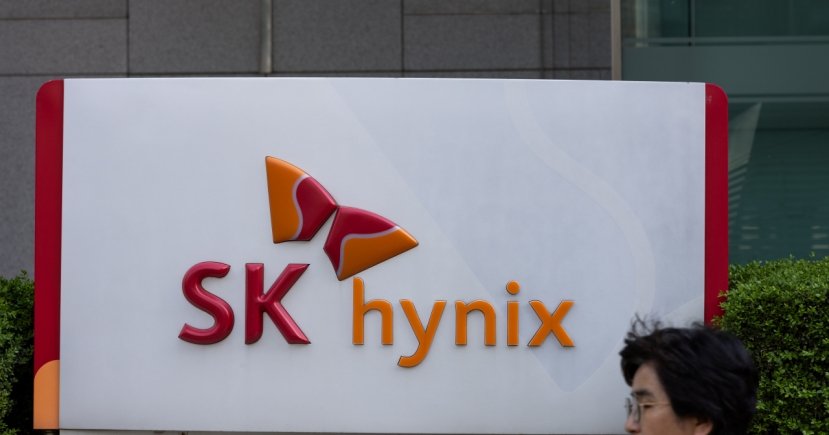Economy
Debate emerges over whether NK succeeded in developing workable H-bomb
[THE INVESTOR] With North Korea’s sixth and largest nuclear test sending shockwaves here and overseas, debate emerged on Sept. 4 on whether the communist regime has succeeded in developing a workable hydrogen bomb as it claimed.
While South Korea’s presidential office downplayed the North’s claim that it has successfully developed a hydrogen bomb warhead to be fitted onto an intercontinental ballistic missile through the test on Sept. 3, analysts suspected that the communist regime might have made remarkable progress at least from the previous test last year in its nuclear weapons program.
 |
But fitting the thermonuclear warhead atop an intercontinental ballistic missile and delivering it to the contiguous US remains a major hurdle, experts noted, suggesting that Pyongyang has yet to secure the re-entry technology that can bring the warhead through the atmosphere.
“It is right to assume that North Korea conducted a test of an initial version of a hydrogen bomb or inner workings of the bomb. Anyhow, it is fair to say the bomb detonated Sunday was a hydrogen bomb,” said Lee Chun-geun, a researcher at the Science and Technology Policy Institute.
Based on an image released on Sept. 3 by North Korea showing its leader Kim Jong-un visiting the “Nuclear Weapons Institute” to view what appeared to be a two-stage hydrogen warhead, Lee estimated that the nuke detonated could be a thermonuclear bomb whose yield was adjusted.
Following the underground test in Punggye-ri, North Korea’s state-run media claimed that the warhead was designed to have a variable yield, saying “the explosive power of which is adjustable from tens kilotons to hundreds kilotons.”
The reason for reducing the explosive yield might have been related to worries that a stronger blast could bring impact to the cross border region with China and volcanic activities at Baekdusan, said Seo Kyun-ryeol, a nuclear engineering professor at Seoul National University.
The US Geological Survey estimated the tremor set off by the nuclear test to be magnitude 6.3, saying there was enough strong evidence to suggest the reclusive state has either developed a hydrogen bomb or was getting very close.
South Korea’s presidential office Cheong Wa Dae, however, has downplayed the possibility that North might have succeeded in developing a functioning hydrogen bomb.
“North Korea’s claim (about the success of a hydrogen bomb test) has yet to be verified,” said a senior Cheong Wa Dae official who declined to be identified. “There is so much to dispute about the North’s argument.”
Analysts, however, remained skeptical over the possibility that North Korea succeeded in miniaturizing a thermonuclear nuclear warhead to mount onto an intercontinental ballistic missile.
Having a lighter warhead would be key to developing a functioning hydrogen bomb because that would offer much greater explosive yield relative to size and weight.
“I don’t think the North has yet to offer evidence that they have developed a reliable re-entry vehicle which can withstand extreme heat and pressure when plummeting through the atmosphere,” researcher Lee said.
By Yeo Jun-suk/The Korea Herald (jasonyeo@heraldcorp.com)








